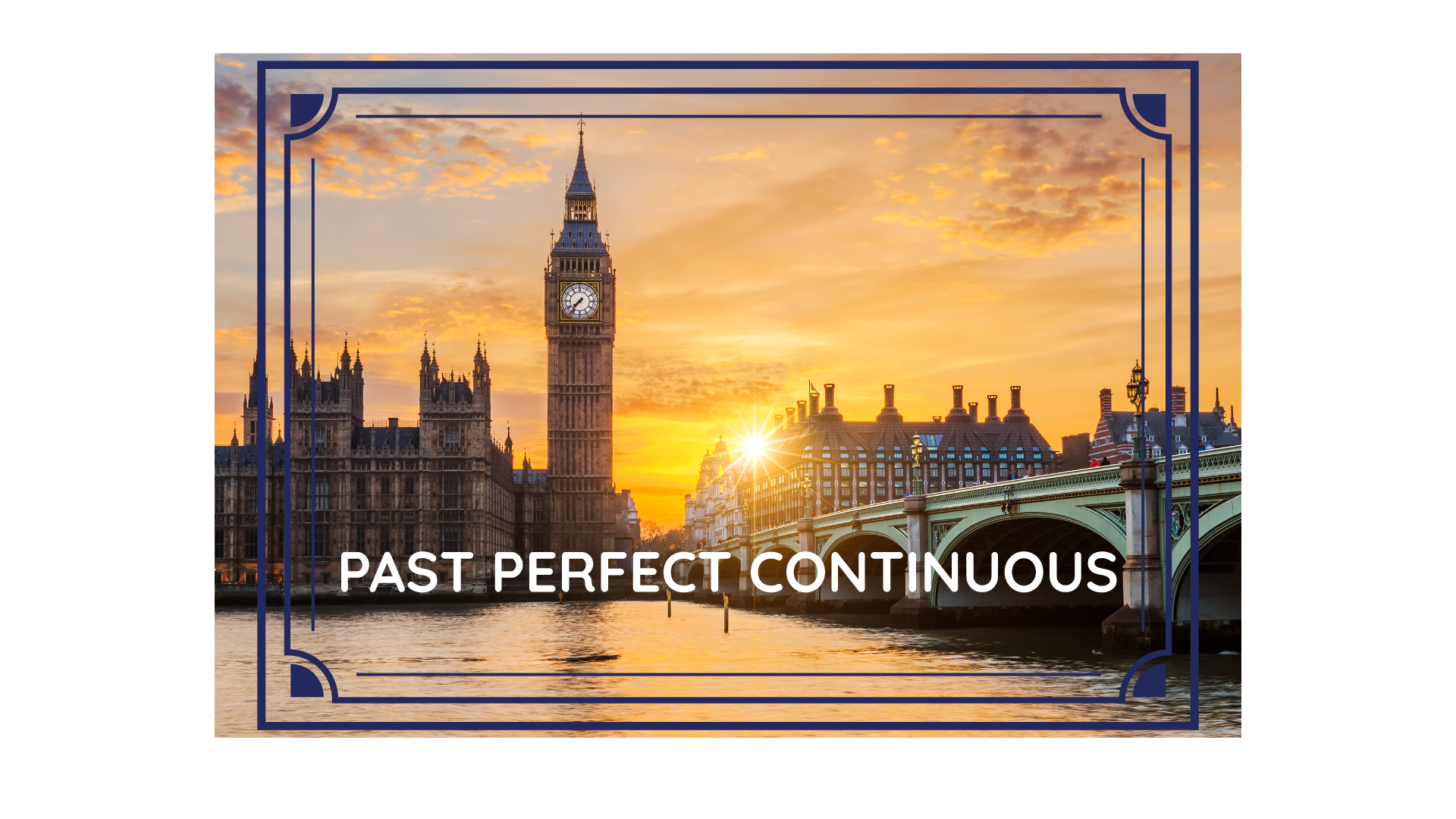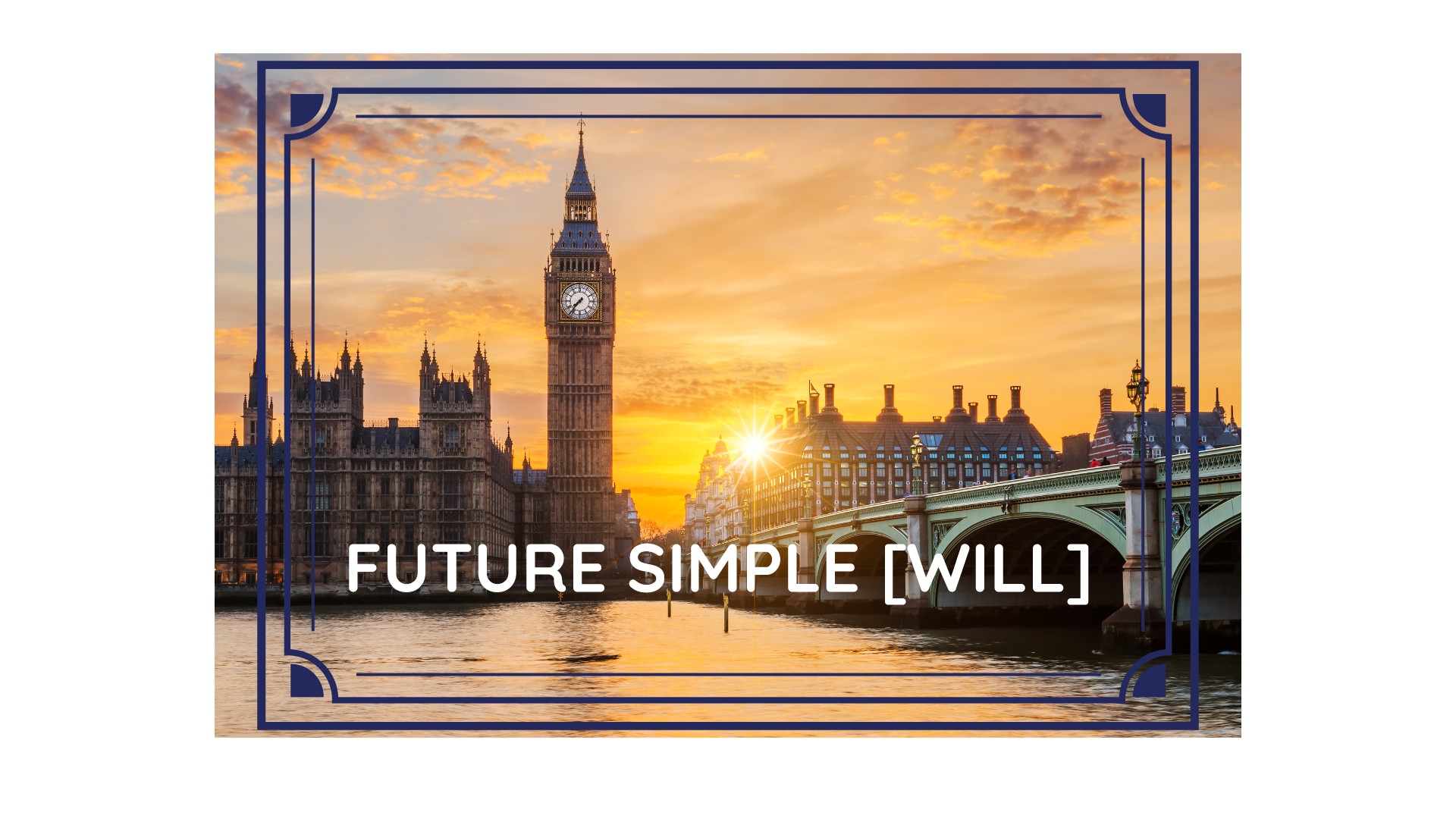Present Perfect Continuous
The Present Perfect Continuous tense, also known as the Present Perfect Progressive tense, is used to describe actions or situations that started in the past, have been ongoing, and continue into the present or have just recently ended. It emphasizes the duration and progression of an activity. This tense is […]
Read more









